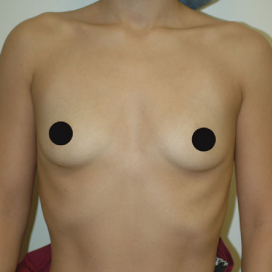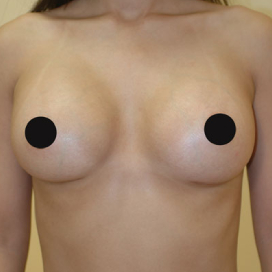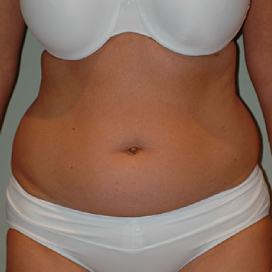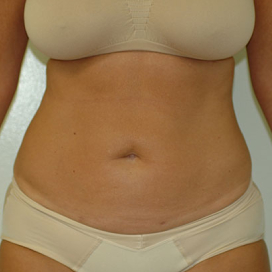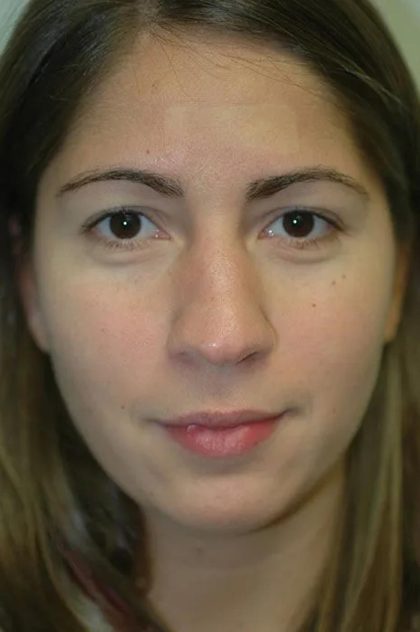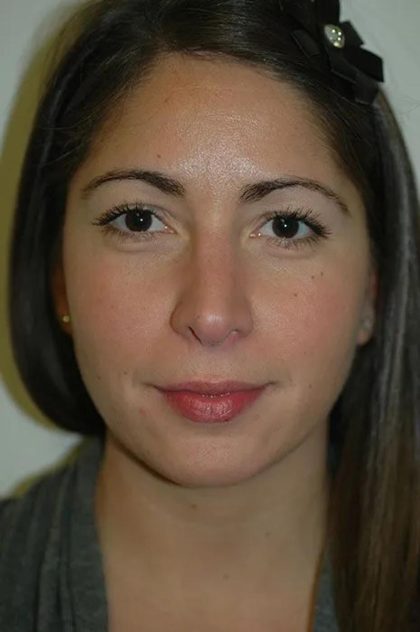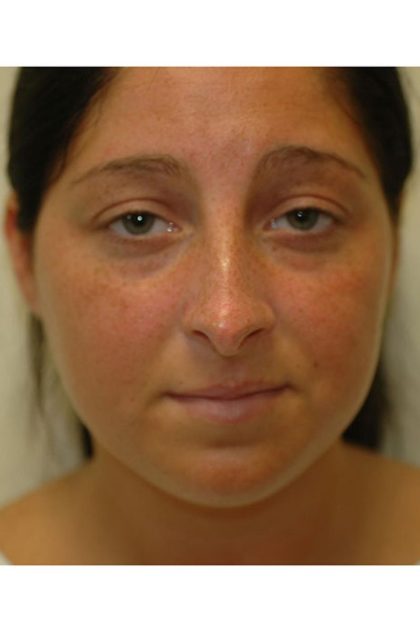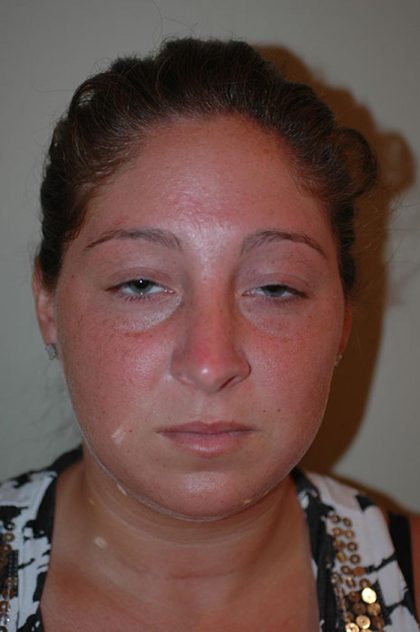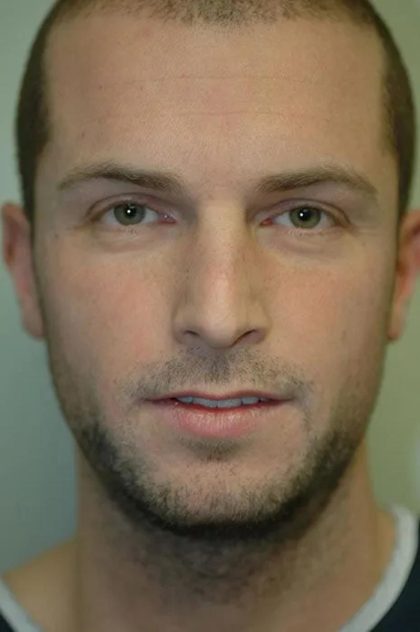Rhinoplasty
Conveniently located to serve the areas of New Jersey
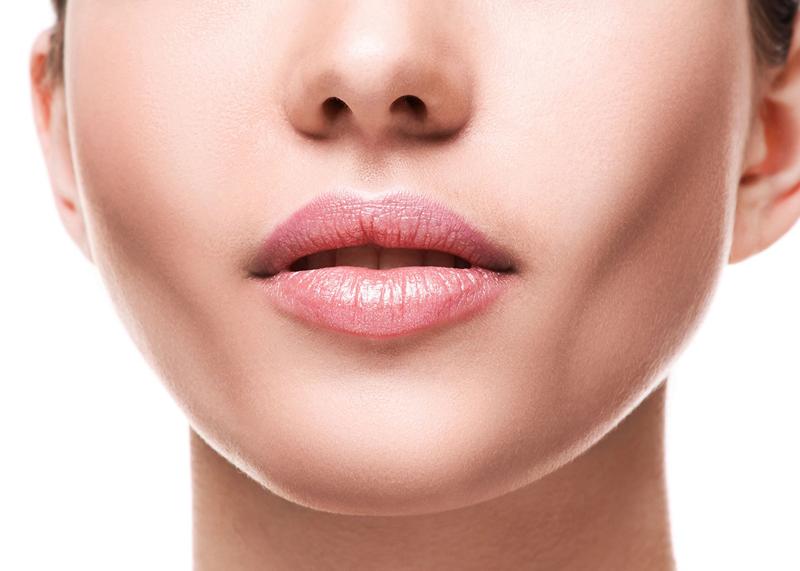
find out everything you need to know about your rhinoplasty options
Transform your appearance and breathing with a rhinoplasty at Gartner Plastic Surgery! This cosmetic surgery can reshape the cartilage and bones of the nose, resulting in a more balanced and aesthetically pleasing look while addressing functional issues like a deviated septum. With closed or open technique options, Dr. Gartner will personalize the procedure to your specific needs and goals!
- Smooth away a hump on the bridge of your nose
- Improve the balance of your profile
- Lift and upturn a downward-pointing tip
- Widen or narrow the flare of your nostrils
- Straighten a crooked nose (deviated septum)
- Improve breathing
- Reduce the overall size of your nose
- Elevate the bridge to create a more refined, slimmer nose
- Reduce a bulbous tip
The rhinoplasty procedure is completely customizable in order to compliment your, unique facial features and achieve the most natural cosmetic improvement for you. Reshaping the nose can significantly enhance your facial appearance by creating a more balanced and pleasing profile.
Contents
Before and After Photos
Procedure
Rhinoplasty is a surgical procedure that is commonly known as a “nose job.” It is a cosmetic surgery that aims to improve the appearance and/or functionality of the nose. The procedure involves reshaping the cartilage and bones of the nose to create a more aesthetically pleasing and proportional nose, as well as addressing any breathing or functional issues such as a deviated septum or narrow nasal passages.
This procedure can be performed using a closed or open technique. In a closed rhinoplasty, incisions are made inside the nostrils, while in an open rhinoplasty, an additional incision is made across the columella also known as the strip of tissue between the nostrils. The technique used will depend on the specific goals of the surgery and the patient’s anatomy.
Expectations
Our fully equipped surgical center meets the highest standards of safety and privacy, so you can relax knowing you’re in good hands during your rhinoplasty procedure.
During the procedure, which usually takes about two hours, the skin of your nose is separated from the bone and cartilage underneath to sculpt the desired shape. The incisions are hidden inside the nose, so there won’t be any visible scarring.
If you’re having an open rhinoplasty, a small incision will be made on the columella skin to reveal the bone and cartilage for more transformative work. Once Dr. Gartner has achieved your desired result, the skin is re-draped over the nose and secured with sutures.
You’ll leave the surgical center with a splint on the bridge of your nose to help maintain the new shape as you heal.
Ideal Candidate
a nose job may be the right procedure for you if you can answer, yes to any of the following questions:
- Are you in good, general health?
- Do you have realistic expectations about what the rhinoplasty procedure will be able to accomplish for you?
- Do you have a bump on your nasal bridge which can be seen from the profile/side?
- Does your nose appear too large for your face?
- Does your nose seem overly wide when viewed from the front?
- Does the tip of your nose drop downward?
- Does the tip of the nose appear thickened or enlarged?
- Do your nostrils appear excessively wide?
- Does your nose appear deformed or asymmetric either naturally or because of an injury?
The Gartner Plastic Surgery and Laser Center offers a carefully curated selection of aesthetic treatments to suit every need. we invite you to book a consultation and find out which of our facial peel options are best suited to your needs.
There are several different types of rhinoplasty, each designed to address specific concerns and achieve specific goals. The different types of rhinoplasty include: The specific type of rhinoplasty recommended will depend on the individual’s unique needs and goals. It is important to consult with a board-certified plastic surgeon to determine the best course of action for achieving the desired outcome.
Types of Rhinoplasty
- Open Rhinoplasty: This technique involves making a small incision on the columella, the thin strip of tissue between the nostrils. The skin is then lifted, allowing the surgeon to see and access the underlying structures of the nose more clearly. This technique is typically used for more complex procedures.
- Closed Rhinoplasty: This technique involves making incisions inside the nostrils, so there is no visible scarring. This technique is typically used for less complex procedures and may result in a shorter recovery time.
- Ethnic Rhinoplasty: This technique is used to address the unique nasal characteristics of patients from different ethnic backgrounds. For example, it may involve reshaping the nose to maintain a more prominent nasal bridge in patients of Asian or African descent.
- Revision Rhinoplasty: This technique is used to correct issues or complications that arise from a previous rhinoplasty procedure. It is typically a more complex procedure and may involve grafting tissue from other parts of the body.
- Functional Rhinoplasty: This technique is used to address breathing problems that may be caused by a deviated septum or other structural issues in the nose. It may involve reshaping the nasal bones or cartilage to improve airflow.
Open Rhinoplasty
Open rhinoplasty is a surgical technique used to reshape the nose by making a small incision on the columella, the thin strip of tissue between the nostrils. This incision allows the surgeon to lift the skin and soft tissue of the nose, providing better visibility and access to the underlying nasal structures. During the procedure, the surgeon will use specialized instruments to reshape the nasal bones and cartilage, as needed, to achieve the desired result. They may also use grafting techniques to add volume or support to the nose. These grafts can be made of cartilage taken from other areas of the patient’s body, such as the ear or rib, or from synthetic materials. The incision made during open rhinoplasty is usually small and well-concealed, leaving minimal visible scarring. The procedure typically takes two to three hours to complete, depending on the complexity of the case. Open rhinoplasty is often used for more complex procedures, such as correcting a deviated septum or significantly altering the shape or size of the nose. It provides better visibility and access to the nasal structures, allowing the surgeon to make more precise changes to the nose.
Closed Rhinoplasty
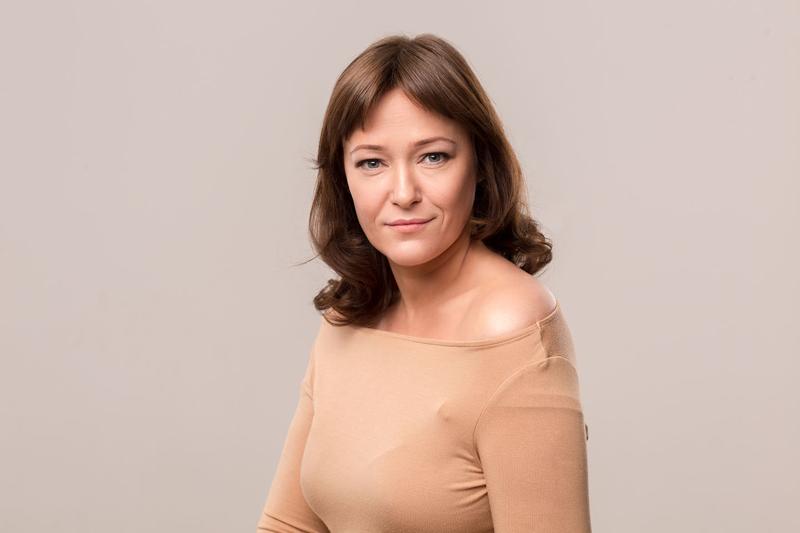
Closed rhinoplasty is a surgical technique used to reshape the nose by making incisions inside the nostrils, so there is no visible scarring on the outside of the nose. This technique is often used for less complex procedures that require only minor adjustments to the nasal structures. During closed rhinoplasty, the surgeon will make incisions inside the nostrils, allowing access to the nasal bones and cartilage. They will then use specialized instruments to reshape the nose, as needed, and may also use grafting techniques to add volume or support to the nose. Because the incisions are made inside the nostrils, there is no visible scarring on the outside of the nose. However, this technique may not provide the same level of visibility and access to the nasal structures as open rhinoplasty, which may limit the complexity of the procedure. After the procedure, the patient will need to rest and recover for several days. The surgeon will provide instructions on how to care for the incision sites, manage any discomfort, and avoid activities that could impact the healing process. Patients can typically return to work or school within one to two weeks after the surgery. Closed rhinoplasty is often a suitable option for patients who have minor cosmetic concerns with their nose, such as a small bump on the bridge or a slightly asymmetrical appearance. It may also be used for functional purposes, such as correcting a deviated septum or improving breathing.
Risks
- Infection
- Excessive bruising
- Pain
- Under or over-correction
- Hypersensitivity or sensation loss
All surgical procedures carry inherent risks. We work with you to ensure that our technique and safety protocols are superior, and we provide you with instructions so that you can do your part in maintaining your health and problem-free healing.
Overall health should be good before surgery and behaviors which might negatively affect your recovery such as smoking cigarettes, should be avoided because the chemicals they contain will reduce blood flow and impair healing.
Your Plastic Surgeon will discuss with you what you need to do to stay on track. Follow-up care is just as important as careful planning and Dr. Gartner takes the time to follow up with his post-surgical patients regularly as they recover.
Recovery
AFTER 10 DAYS
while discomfort after rhinoplasty surgery is usually minimal, some swelling and bruising will occur as a result of facial surgery and typically this increases over the first two to three days. the majority of swelling and bruising will dissipate after 10 days. you may gently apply a cold compress as directed by your plastic surgeon and take a mild anti-inflammatory pain reliever to help with swelling and discomfort. it is also recommended that you keep your head elevated for the first 24 hours to reduce the swelling and bruising. we will provide detailed instructions and guidance to support you during your recovery process and help ensure optimal results.
WHEN WILL YOU BE ABLE TO RETURN TO WORK?
You will most likely be able to return to work after one week. While bruising and bandages can remain at one week, our patients typically feel comfortable and functional to engage in light, regular activity, desk, and office work. We will ask you to avoid strenuous activity, cardio workouts, and heavy lifting until you are cleared for these activities by your Plastic Surgeon. Activities that increase blood flow to the head and face should be avoided shortly after surgery.
YOUR RESULTS
Once you’ve fully recovered, your nose will appear more proportionate and balanced with the rest of your facial features. It is important to keep in mind that swelling in facial tissues can last a significant amount of time and though you will likely see encouraging improvements right away, it will be many months and up to one year before the last residual swelling is gone and your final results can be appreciated. This is a long but rewarding process which our patients will tell you is well worth the wait.
WHEN WILL YOU BE ABLE TO GO TO THE GYM?
Strenuous activity is not recommended for two to three weeks after your rhinoplasty procedure and contact sports are not recommended for up to six weeks. Your Plastic Surgeon will want to ensure that your incisions are closed and strong and you have minimal risk of negatively affecting your results before you return to regular activity.
POST SURGERY
After six days, the splint will be removed. A minimal amount of bleeding in the immediate postoperative period is not unusual as a result of surgery. You will be able to utilize gauze padding and see your Plastic Surgeon for post-op care. Rather than pain, a common frustration can be experiencing nasal congestion and pressure for the first few weeks. This is expected and it does resolve as the majority of your inflammation will subside by roughly 2 weeks post-operation.

